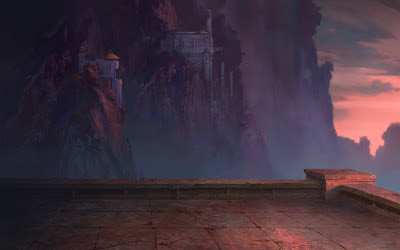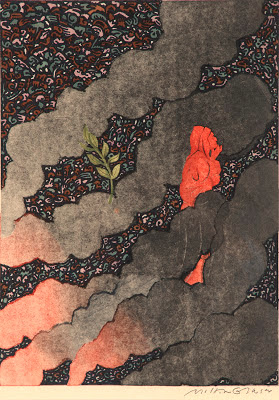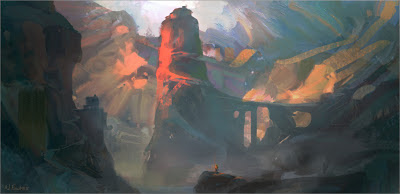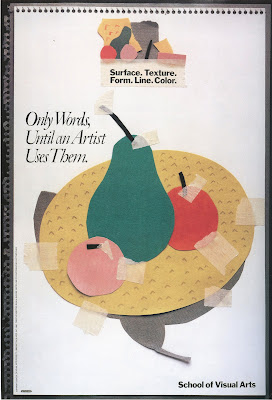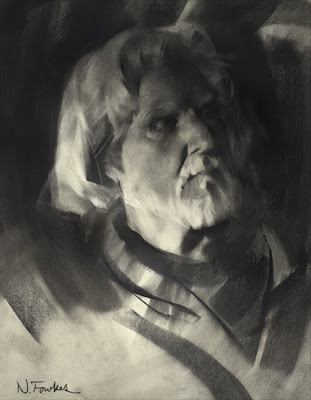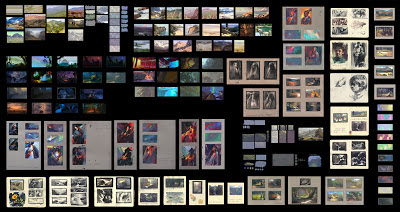DELAWARE EXHIBITION: PHIL HALE

This post is one in a series on the artists featured in the upcoming exhibition at the Delaware Art Museum , State of the Art: Illustration 100 Years After Howard Pyle. Phil Hale is internationally acclaimed for his powerful illustrations. His dark, brooding covers for the novels of Joseph Conrad brilliantly complemented Conrad's psychologically complex work. Cover to Joseph Conrad's Nostromo Cover to Joseph Conrad's Lord Jim Hale's own character, Johnny Badhair, has also been the subject of a series of vivid paintings: Hale works large (the above painting is over five feet wide) using the traditional artist materials of oil paint on stretched canvas or linen. Hale is a prime example of an artist who can move fluidly between the fields of illustration and "fine" art or gallery painting. In his personal Artist's Statement for the exhibition catalog, Hale writes thoughtfully: My career in illustration stretched from 1981 to 2000 with a few later forays
